|
Euri Bartolome Vidal, Surefoot associate, has spent the past months painting endangered plants and animals in watercolour. Some of the illustrations are printed on organic and fairtrade t-shirts, and donations from sales will go to organisations that protect ecosystems in the Global South. Euri shares the background and inspiration in the creation process. Kindred beings
I wanted to honour the biodiversity we are losing all over the world. I also wanted to make a connection between biodiversity and sustainability and the things we eat, the energy and the things we consume, and how we move around. I have chosen 8 regions and countries and for each of these one "protagonist" species with others around them: - Iberian lynx, Spain - Nama dwarf tortoise, Namibia - Black rhinoceros, Mozambique, Eswatini, and South Africa. - King protea, South Africa - Blue-bearded helmetcrest, Colombia - Chilean chinchilla, Chile - Blue whale (oceans) - Giant redwoods, California. The art of connecting Each watercolour tells a story in itself as it includes cultural elements of the countries the species inhabit. I am originally from Spain, and I have lived or travelled often in the African countries I chose. For the South American countries, I decided to get inspiration in the literature. For the blue-bearded helmetcrest, I chose imagery from the novel "One Hundred Years of Solitude" by Gabriel G. Márquez. For the chinchilla, I chose novels by Isabel Allende, poetry by Pablo Neruda, and music by guitarist Víctor Jara. For the redwoods I chose cinema as a theme. The first illustration, the lynx, has warm colours in honour of Antoni Gaudi's love for nature and dark blue hues inspired in Picasso's famous war painting "Guernica". The dark blues represent our war against nature, a war that we will never win. The rest of colours represent the protection of biodiversity and the hope of a more sustainable future. To support my future work, I have made organic and fair-trade t-shirts with some of the illustrations. I also want to donate part of the proceedings to organisations in the global South to support ecosystems. The first paintings and t-shirts will be on display in a small exhibit space in Madrid during May-June. If you want to know more about my work and the next species I will be painting, you can follow me on Instagram @ingozini, which sort of means "in danger" in several languages of Southern Africa.
0 Comments
Over the years it has become common knowledge that green areas improve the quality of life. As the POSTnote Green Space and Health from Houses of Parliament states, “Areas with more accessible green space are associated with better mental and physical health.” At Surefoot, we support communities and individuals to let their connection with the rest of nature take root and strengthen via creative approaches. The physical natural spaces can have many shapes and features, there’s no right and wrong whether you connect to the wilderness or a potted plant in a windowsill. Wherever you are, we hope you find comfort in our supportive materials to open up your personal ways of connecting with nature, others and yourself. Texts, photos and paintings focusing on appreciating local nature are on display in the outdoors at Tentsmuir National Nature Reserve until the end of September 2023. Finding your words – to support yourself, others and the Earth During the summer we ran some online writing workshops ‘Writing for EARth.’ The workshops were supporting elements of Surefoot’s Eco Anxious Resilient (EAR) Peer Support project, to encourage people to write a text for the series A Daily Reading for Earth. We hope you’ll enjoy the series of short texts to inspire and help you take one day at a time in the climate and natural crises. The workshops illustrated the wonder and strength that arises when people come together to explore free range emotions, create meaning on paper and share fragments of their inner world when caring for the outer world. Comments from a couple of the participants: “I'm taking with me the strength and beauty of what others have shared with me to make me braver and feel less alone when I do.” “I appreciated the sense of connection and sharing, which was uplifting and inspiring.” Your stories about caring for Planet Earth could also help tackle the nature and climate emergencies. Authentic communication and creativity are among the most important tools we all have. “We are all storytellers. We all live in a network of stories. There isn’t a stronger connection between people than storytelling.” – Jimmy Neil Smith. If you would like to write a text (max. 380 words) for our collection Daily Reading for Earth on how to keep well in an age of climate and nature emergencies, please contact [email protected]. We plan to run more Writing for EARth workshops, so please keep an eye on our social media or let us know if you might be interested in attending: [email protected] Sharing is caring Inspired by feedback on our creative activities and on initiatives in our surroundings, we encourage you to take part in creative actions centred around nature. One way of capturing moments, thoughts and feelings in nature is via photos, and at Surefoot we’ll be happy to receive your photo(s) with a few lines about what each snapshot of places mean to you – how these nature elements affect you. We are convinced that such experiences can support others and give them a chance to feel connected whether it is to other people, places or resonate with oneself. Please send them to [email protected] and we will share them on our social media platforms, credited to you, or anonymously if you prefer. You might find other communities around you where you can benefit from art work about nature, and/or where you can contribute yourself. Gazelle, associate at Surefoot, created a piece ‘Sand dune walk’ to the Morton Lochs outdoor art exhibition at Tentsmuir National Nature Reserve, organised by NatureScot. Where do you find places to let your creativity unfold and share this with others? The contribution to the exhibition by Gazelle Buchholtz. Photo: Chris Steedman.
What is nature to you? Not only impassable wilderness, dense forests, untouched bays, bottomless lakes and snow-covered mountain peaks are nature. Forests, gardens, parks, balconies, potted plants in the window sill, a flower bursting through the asphalt on the pavement and the wind touching your face are also parts of nature. There is no right or wrong answer to the question about what nature is to you. The relevant matter is finding the kind of nature where you feel recharged, nourished and comforted - a place to be energised and to connect with the inner and outer world. Finding your nature path
If you are not sure what kind of nature works for you, try different approaches. A stroll in the park, a restful moment by a pond or walking through fallen, dry leaves. Where do you feel your breathing calm down and slow down stressful or spinning thoughts? Mental Health Foundation states that ‘For many of us though, 'being in nature’ may not be as easy as it sounds.’ In the article Our top tips on connecting with nature to improve your mental health the organisation shares ideas on how to connect to nature. TRVST shares 19 Ways to Connect with Nature. The tips invite us to use our senses together with the opportunity to bring creativity, relaxation, reading, writing and presence in the present to support a bond with nature. I was 43 years old when I realised that living near mountains, rivers and wilderness is essential - to me. On returning to Denmark after a year in New Zealand, I had a sense of grief at not living in these landscapes anymore, and in retrospect I began to understand why I had felt out of place in my home country. This initiated my move to Scotland where I’m fortunate to have found work, friends and my partner. In a chaotic and violent world where countless people and nations face the horrors of war, famine and persecution, I’m humbled by my privileged position to be able to move to a country because its nature resonates with me. Diving into techniques Your relationship with nature is shaped by you. Finding a stream to put my feet in is one of my personal favourites. This often involves a walk through areas with a mixture of different tree species, another of my favourites. Walking outside your front door, closing your eyes and listening to birds in the neighbourhood for 10 min. could be your technique to recharge for the next Zoom meeting. If you want to explore and develop nature connections further, there are various methods to follow. One is the Japanese concept of forest bathing (Shinrin-yoku). The introduction from Forestry England explains the core of the practice, ‘The simple method of being calm and quiet amongst the trees, observing nature around you whilst breathing deeply.’ Research, published at the Environmental Health and Preventive Medicine journal in 2010, indicates the health benefits, ‘The results show that forest environments promote lower concentrations of cortisol, lower pulse rate, lower blood pressure, greater parasympathetic nerve activity, and lower sympathetic nerve activity than do city environments.’ (‘The physiological effects of Shinrin-yoku (taking in the forest atmosphere or forest bathing): evidence from field experiments in 24 forests across Japan’). In other words, forest bathing helps your body to relax and calm signs of stress. There are several reasons why spending time in nature is beneficial for both physical and mental health. The Surefoot article Eco-distress - how to respond states, ‘One of the reasons we experience eco-distress is that we feel disconnected from the natural world and our ability to influence or manage the situation.’ By connecting to nature, eco-distress can be eased. Connecting to nature with writing and reading can strengthen the senses toward nature. Via the British Association for Holistic Medicine & Health Care (BHMA) you can free of charge download their magazine issue Nature Connections, which includes the article Your world in words: connecting to oneself and nature. Together with social work lecturer Ann Hodson, I wrote the article about how my workshop, using creative writing and shared reading which has nature and the natural world at its core, can support vulnerable groups. We concluded that it can benefit individuals, helping them to engage in reflection and enjoy connecting with nature. Since the way we talk about nature reflects our connection with nature, it is also worth mentioning the discipline of ecolinguistics. It’s defined by The International Ecolinguistics Association as, ‘Ecolinguistics explores the role of language in the life-sustaining interactions of humans, other species and the physical environment. The first aim is to develop linguistic theories which see humans not only as part of society, but also as part of the larger ecosystems that life depends on.’ The free online course The Stories We Live By provides insight into how we connect with nature in everyday life and on a societal level. Connections. Healthy, happy connections are what we need to thrive as individuals and as part of communities. Matsuo Basho (1644-94) became a renowned haiku master and managed to embrace both the connection to the natural elements as well as the joy of sharing these experiences with others, as in this haiku from the book On Love and Barley: Haiku of Basho: Together let’s eat ears of wheat, share a grass pillow. Nature connection builds resilience May efforts and joy in creating and developing nature connections inspire others to do the same. Hopefully will these gentle steps contribute to the bigger picture towards a just and resilient world. RSPB’s article Connection to nature not only points to the benefits for individual well-being and health, but also to benefits that go in the other direction; from people to nature, ‘Research shows that people with a greater connection to nature are more likely to behave positively towards the environment, wildlife and habitats.’ The methods to connect to nature are many. Do you have a story about your nature connection you would like to share via Surefoot? Perhaps with ideas on how this contributes to a healthier community? Please write to: [email protected] and let’s have a chat. Text and photo by Gazelle Buchholtz, Surefoot associate If you live in the UK and want to visit a rainforest, you don’t have to catch a flight to find one. Scotland is home to its own Atlantic rainforest. “The west of Scotland is home to one of the most important remaining rainforest sites in Europe, with its rich diversity of species making it internationally important.” Rainforest action, Scottish Government. Last year, the Scottish Government decided to support the restoration and expansion of the rainforest and is engaging with the Alliance for Scotland’s Rainforests. Like most natural habitats these forests are also in need of protection. Nitrogen pollution, exotic conifer plantation and other factors put pressure on the habitat including its plants and animals. Facing a climate emergency, the government also acknowledges the importance of forest and woodland capabilities to absorb more than 6 million tonnes of CO2 every year. This is equivalent to almost 10% of Scotland’s gross greenhouse gas emissions, states the Minister for Environment and Land Reform, Mairi McAllan in the Scottish Governments Rainforest Action. Furthermore, Mairi McAllan says: “As world leaders commit to end deforestation by 2030, we are planting 80% of the UK’s trees and making bold commitments like this to protect and enhance Scotland’s own temperate rainforest. “Our ambitions do not stop there. We have increased our new woodland creation targets from 12,000 hectares a year to 18,000 hectares by 2024/5. By then, we will be planting 36 million new trees every year in Scotland.” Photo: Inversnaid. Every action counts - also outside the rainforest At Surefoot we welcome the initiative and are looking forward to seeing the outcome of the plans. There’s certainly a need to support the natural world, high biodiversity and areas with tree cover to prevent temperatures rising - in short to take care of the living beings and resources we have on the planet. In other areas - including in our daily life - there are several ways to reduce CO2 emissions and aim for Net Zero. If you would like to know how your organisation can reach Net Zero, check out Surefoot’s Net Zero for Teams or get in touch with us. Scottish Renewable’s Energy consumption by sector points to building heating as the highest energy consumption in Scotland which causes a large amount of CO2 emissions, so improved energy efficiency in buildings is critical. If you are involved in a community building, you can apply for free help from HeatHack and Surefoot. Read more here: Energy Efficiency in Community Buildings. When we reuse, repair, recycle and rethink ways of handling our personal resources, we are also supporting the Planet’s capacity, natural habitats and resources. We recently ran a workshop in partnership with Transition Stirling to show how being creative (in this case with reuse) can build both individual and community resilience. For more about building resilience for your community, please see our Resilience workshops which have been informed by both our recent Erasmus+ Breakthrough for Resilience Project and National Lottery funding for a previous project. Text and photo by Gazelle Buchholtz, Surefoot associate.
Besides our food-harvest, we also harvest lots of wonderful moments in the forest garden, and we get to know lots of interesting, kind and dedicated people who come and visit us to learn more about forest gardening. Once upon a time – around 10 years ago – I participated in the first online experimentation with Carbon Conversations facilitated by Pam Candea. That was the starting point of a journey that has changed everything in our lives.
After the Carbon Conversation-sessions I considered if I should translate the concept to Danish and started looking for a Danish organisation to team up with – and found the Danish permaculture association. I never translated the concept, and I am not a member of the permaculture association, but I became, together with my husband Steffen, completely engrossed by the concept of forest gardening, which is an integrated part of permaculture. Carbon Conversations covers – as most readers here will know – the fields of energy in houses, transport, food and commodities. I had already worked a lot with the energy-issues both professionally and in our home, but really got caught by the food-issue. At that time, we had a holiday home in the deep forests of Småland in Sweden, where we enjoyed being so much closer to nature – plants, birds, animals, air, water – than in our city-life north of Copenhagen in Denmark. The idea of combining nature with the production of food simply caught us both. Now we have sold the summerhouse and our house in Copenhagen and bought an old farmhouse, still in Småland but a little closer to Denmark and our children and grandchildren. Here we experiment with all the Carbon Conversation-issues – and with extra energy dedicated to the production of our own food, in a plot for annual vegetables as well as in our 1000m2 forest garden. What is a forest garden? A forest garden is a food producing ecosystem that imitates natural ecosystems, being rich in biodiversity and much more resilient than a traditional vegetable garden where you grow annual vegetables like carrots, potatoes and lettuce. In a forest garden you grow a diversity of perennial food crops mixed in a diverse, polyculture system with several storeys. In the top you have trees with fruits and nuts, next storey houses the berries, then comes the larger perennial vegetables and in the bottom, you have cover plants. All mixed with each other to avoid the risks and disadvantages of monocultures – exactly as in the fringe of a forest. In a fully developed forest garden, most plants are perennial. They are part of a balanced and relatively stable ecosystem that doesn’t start from fresh every year. The plants stand stable with their roots deep into the soil where they participate with fungi in an exchange of nutrients and energy. That makes them much more resilient against heat, drought and wind. Most plants in a forest garden are food-producing and the rest are either insect plants or nutrient collectors. Some (most) of them are very pretty as well – but the purpose of a forest garden is not to look good (like in a flower garden). The purpose is to produce food while at the same time supporting biodiversity and carbon sequestration. The polyculture-mixture of trees, bushes and herbs is important for several reasons. Most important is it to create lots of hiding places and lots of different food sources for many different insects. With a very biodiverse food-producing ecosystem, you get a much more resilient system, with lots of predators to balance the number of vermin. Furthermore, biodiversity is decreasing globally, and we should all do our utmost to provide living spaces and food for as many insects, birds and wild animals as possible – also in our food-production. In a forest garden you don’t have naked soil. In a full-grown forest garden, the soil is covered with plants, and in a developing forest garden, we cover the space between plants with organic material. Naked soil is very vulnerable to drought and erosion, and life in the soil – micro-organisms, fungi and bacteria – has much better chances to live and thrive if the ground is covered with either plants or organic material. The soil stays moist and the organic material composts into humus which contributes to the life of both animals and plants. And carbon in the form of CO2 is sequestrated and stored as different carbon-connections in the stems, branches and roots of the plants and the humus in the soil. Our experiences with forest gardening We started developing our forest garden in 2016 and now only six years later we are harvesting lots of fruits, berries and vegetables, from early spring till late fall. We get many visits in the forest garden by people interested in a more sustainable life and food production. You are also welcome – either if you come to Sweden some day or on our website (unfortunately so far only in Danish – but with lots of photos): https://gammelgaard.se/skovhave/ By Christina Meyer One of the primary goals for Crops For the Future Research Centre[i] (CFFRC) is to secure a greater role for underutilised crops in global agriculture, especially in developing regions of the world. CFFRC's function includes global campaigning as well as the collection and distribution of information on underutilised crops for food and non-food applications. The organisation has developed an online tool called CropBASE, a data-to-decision solution that focuses on agricultural diversification. This is free for farmers, researchers and everyone with an interest in sustainable agriculture. The changing political scene in Malaysia over the last few years has caused instability in the organisation’s work. Established in 2014, CFFRC closed its doors in May 2020 after the Government of Malaysia’s agreed-upon period of funding support came to an end. The closure has resulted in the move of CFFRC to the UK, now known as CFFUK where it continues to work for a worldwide varied supply of food sources to benefit both people and the planet. Biodiversity incorporated in agriculture At Surefoot we have talked with PhD student Gomathy Sethuraman at the University of Malaya, Kuala Lumpur. The online conversation is one of a series where we speak with people from organisations around the world, to get first-hand insight into climate change and environmentally friendly actions. Gomathy Sethuraman has worked for about 15 years in various laboratory settings and joined the Research Division at CFFRC in 2015 as the Technical Support Manager. Her main tasks were to provide technical support in equipment setup and usage, sample analysis and data collection, including report writing related to crop studies & nutrition profiling. “Despite there being approximately 30,000 known plant species documented for human use, less than 20 species provide the world’s food and only four major crops namely wheat, corn, rice and soybean account for the majority of the world’s food production. There are at least 7000 plant species identified as food sources that remain underutilised or lesser-known; these crops are very rich in vitamins and nutrients. Whilst bringing new flavours to the meals, they also have the potential to improve both food and nutrition security. As knowledge is scarce on these underutilised crops it presents a challenge to incorporate these lesser-known crops into the agriculture sector,” says Gomathy. Together with colleagues she has published a few papers on some of these underutilised crops found in Malaysia. One such crop is sacha inchi[ii] which is native to the Amazon rainforest but can now be found in other parts of the world including Malaysia. Its high levels of fatty acids (Omega 3, 6 and 9) and easily digestible protein are not common in other vegetable oil. The team is pleased to find out that there are farmers around Malaysia who have started working on this crop. Hopefully, this will lead to further collating of information and dissemination to a wider audience with the hope that more farmers will explore the underutilised crop that has valuable traits not only to improve diversity in agriculture but also to mitigate climate change and reduce the use of pesticide and fertiliser that contributes to the carbon footprint of agriculture. Positive effects of more local food “The Malaysian government’s goal of being carbon neutral in 2050, I believe is a difficult target to achieve as a large portion of the country’s food is being imported from all over the world despite it being an agricultural country. More varied and locally produced food would help to decrease carbon emissions and the negative climate effect,” says Gomathy and she elaborates on climate change in Malaysia. Monsoon is a typical recurring annual event, but now it causes more flooding than usual. Water levels can at times reach the heights of house roofs. Likewise, extreme heat is a more frequent phenomenon. The average temperature rise of 1 - 2°C doesn’t seem much on the skin of our body, but plants experience it differently. The flowering of some plants is affected by the temperature change, which directly affects the yield production. With a number of changes of government in Malaysia over the past several years, Gomathy calls out for stability for the support of environmentally friendly initiatives which aim to ease the impacts of climate change, regardless of changes in the political agenda. Creating value out of challenges One positive ‘side-effect’ of moving Crops For the Future to the UK, is that now the organisation has established new partnerships with other countries and has gained international recognition. Gomathy underlines the persistent effort of the CEO at Crops For the Future, Sayed Nader Azam-Ali. His book, ‘The Ninth Revolution, Transforming Food Systems For Good’ was released earlier this year, and the organisation continues to promote the Global Action Plan for Agricultural Diversification (GAPAD) through its participation in the AIRCA consortium and work with a range of partners. CFFUK is also looking into expanding its approach globally and currently working towards establishing in South Africa with hosting by the University of Kwa-Zulu Natal, Pietermaritzburg and a preliminary exploration underway in Australia with the goal to create regional centres with complementary expertise that can contribute to a variety of food system research projects throughout the world. On the question of how to support underutilised crop production, Gomathy points out knowledge sharing as an important initiative. Knowledge is an important tool for any form of advancement, and it should start in the family. Some of these crops were grown by our ancestors and they are lost in the transition of time. Gomathy teaches her daughters of seven and twelve years old who take part in growing edible plants like long beans, tomatoes, okra and some leafy vegetables in their home in Selangor. She iterates, whenever we buy food, we ask questions like, “Where is this food produced, is it coming from a local farm or has it taken a flight to come to our shelves, has there been the use of pesticides, how much has it been processed, and what kind of packaging material is used? Could there be an option for locally fresh, less processed food, with a minimum wrapping be available as a substitute?” When Gomathy participated in Carbon Conversations conducted by Surefoot in 2009, she was surprised about the carbon footprint of food transported by plane, “It is not enough to go for vegetables and fruits, the footprint of transport is a significant factor to take into consideration when assessing the impact of our food. Educational programmes available to all would be a great help for people to find out how to choose climate-friendly food sources.” Gomathy also highlights that it does not help the situation by pointing fingers and judging people for their eating habits, especially those who consume meat or highly processed food products. Instead, we can inspire and share the knowledge towards a varied food option that is good for us and the planet since there are more than 7000 crops documented for food sources.
By Gazelle Buchholtz For more information: [i] Gregory, P. J.; Mayes, S.; Hui, C. H.; Jahanshiri, E.; Julkifle, A.; Kuppusamy, G.; Kuan, H. W.; Lin, T. X.; Massawe, F.; Suhairi, T. A. S. T. M.; Azam-Ali, S. N. Crops For the Future (CFF): An Overview of Research Efforts in the Adoption of Underutilised Species. Planta 2019, 250 (3), 979–988. Overview of CFFRC, Malaysia [ii] Sethuraman, G.; Nizar, N. M. M.; Muhamad, F. N.; Gregory, P. J.; Jahanshiri, E.; Azam-Ali, S. Nutrition Composition of Sacha Inchi (Plukenetia Volubikis L.). International Journal of Research and Scientific Innovation (IJRSI) 2020, 7 (9), 271–277. |
�
AboutHere’s a collection of some of our articles which have been in our newsletters or published elsewhere.
Archives
May 2024
|
Sign up TO SUREFOOT NEWS >>The Surefoot Effect equips people, communities and organisations with skills for sustainability and resilience.
|

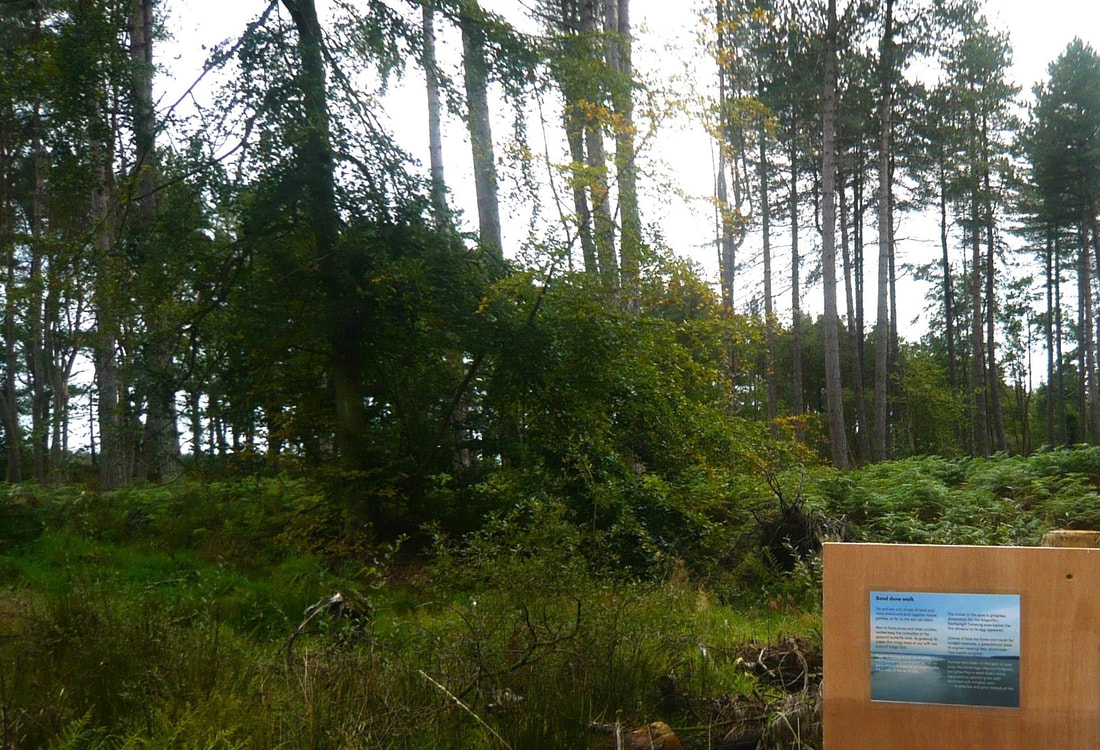
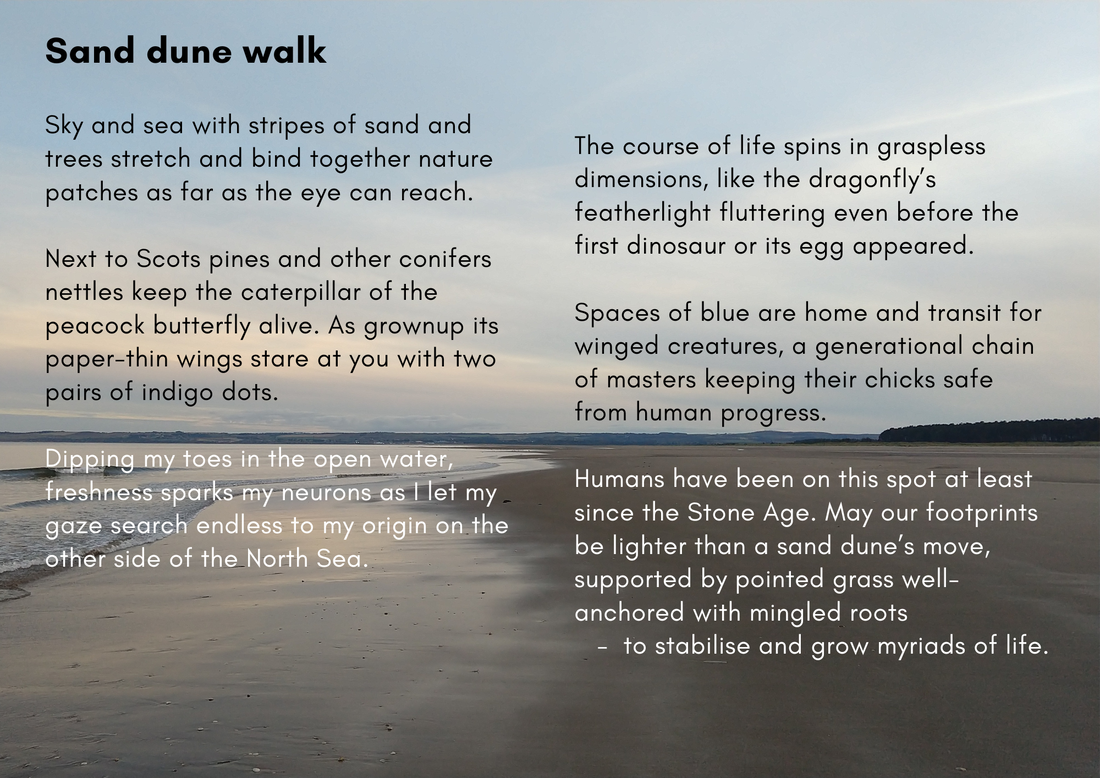
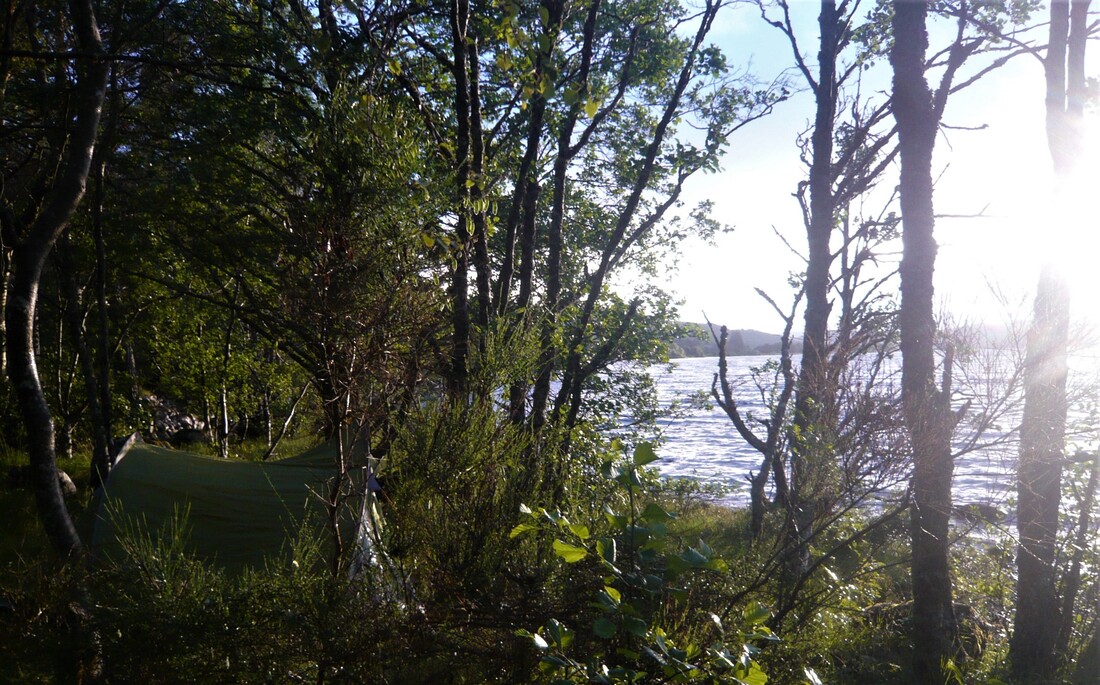
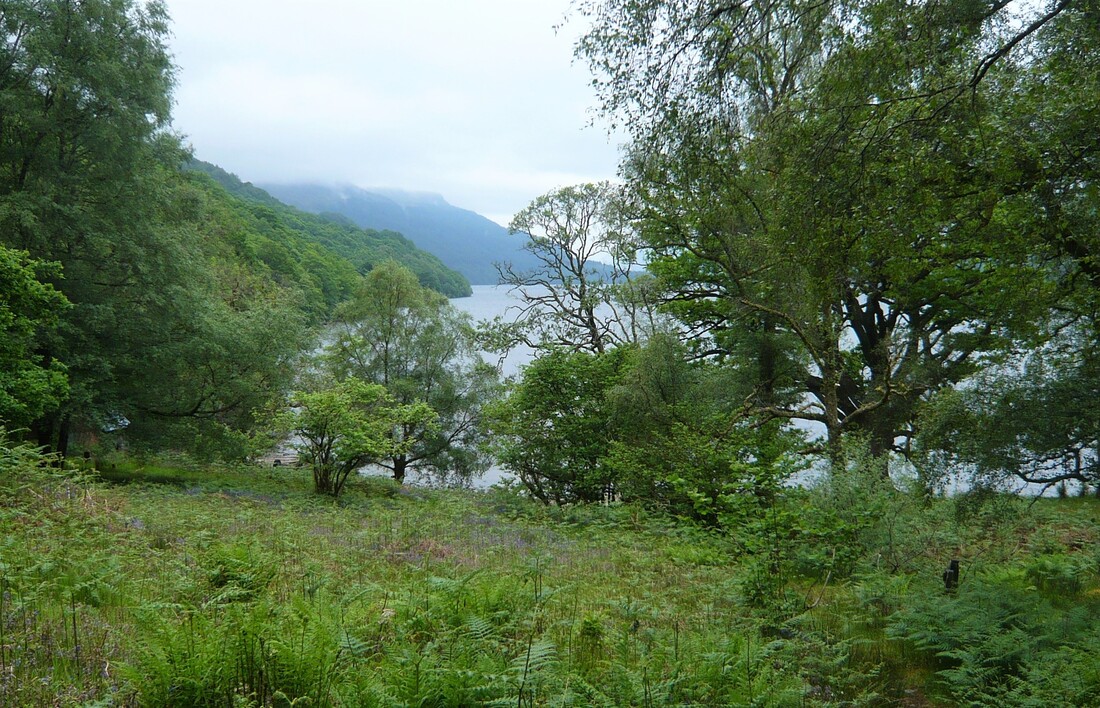

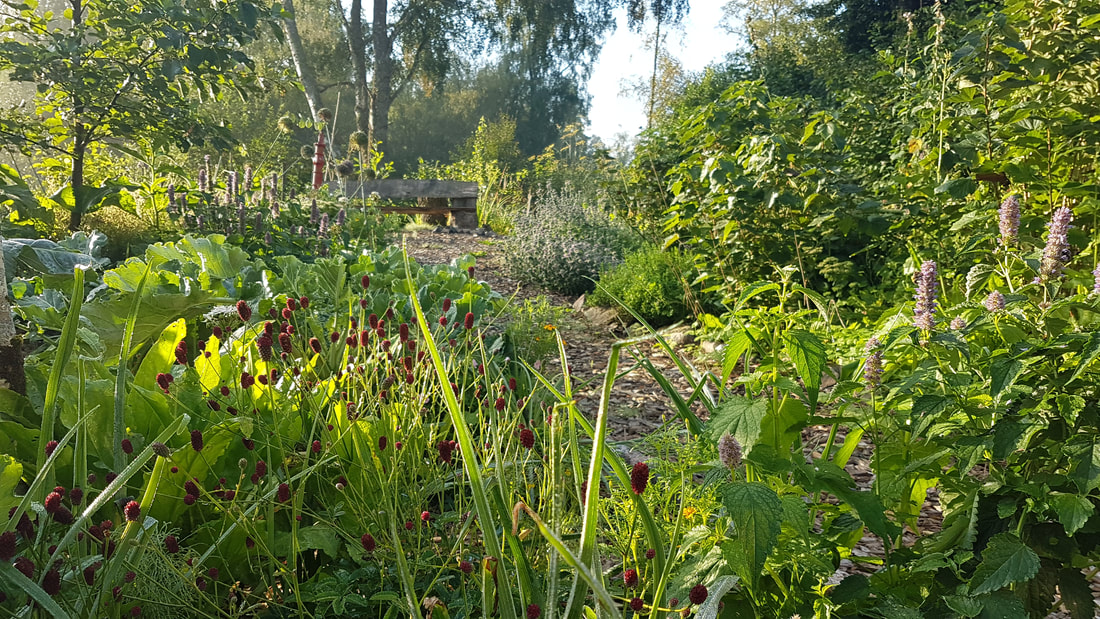
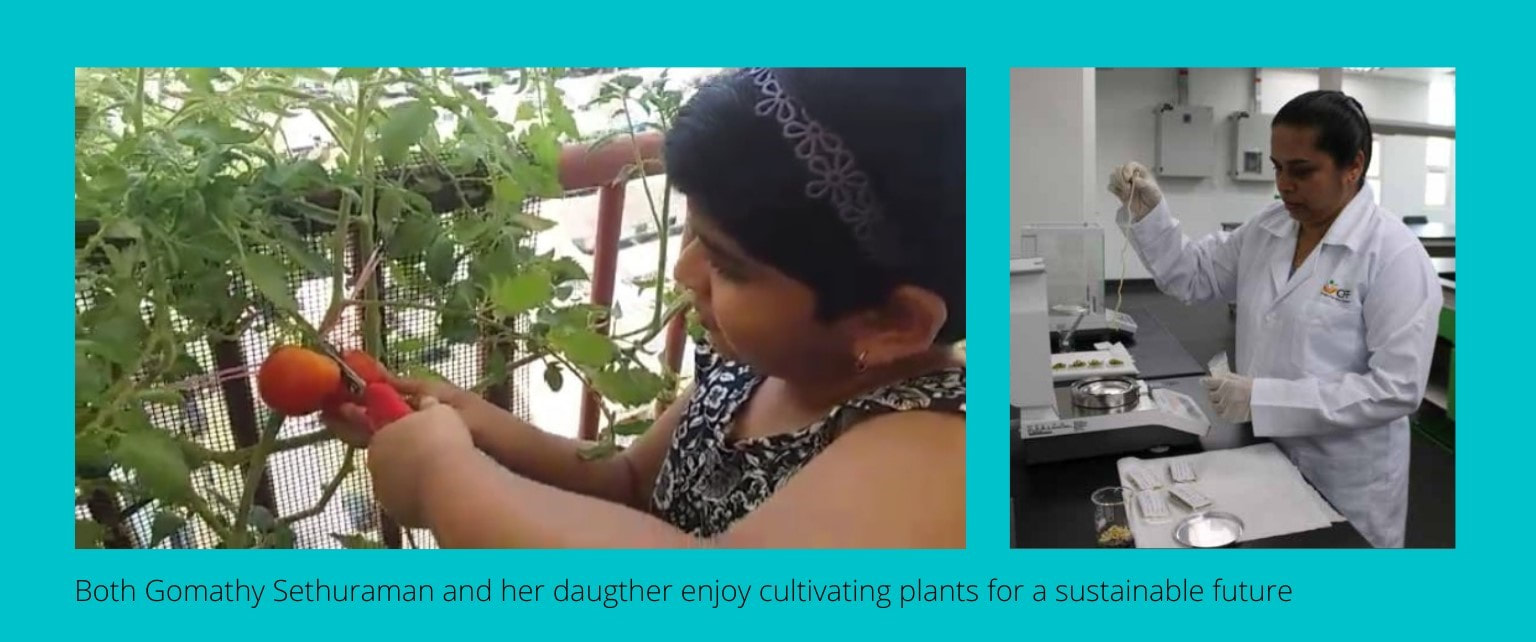
 RSS Feed
RSS Feed




